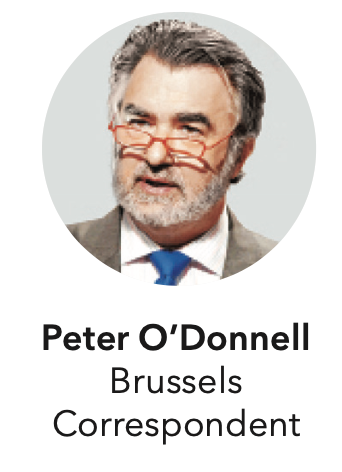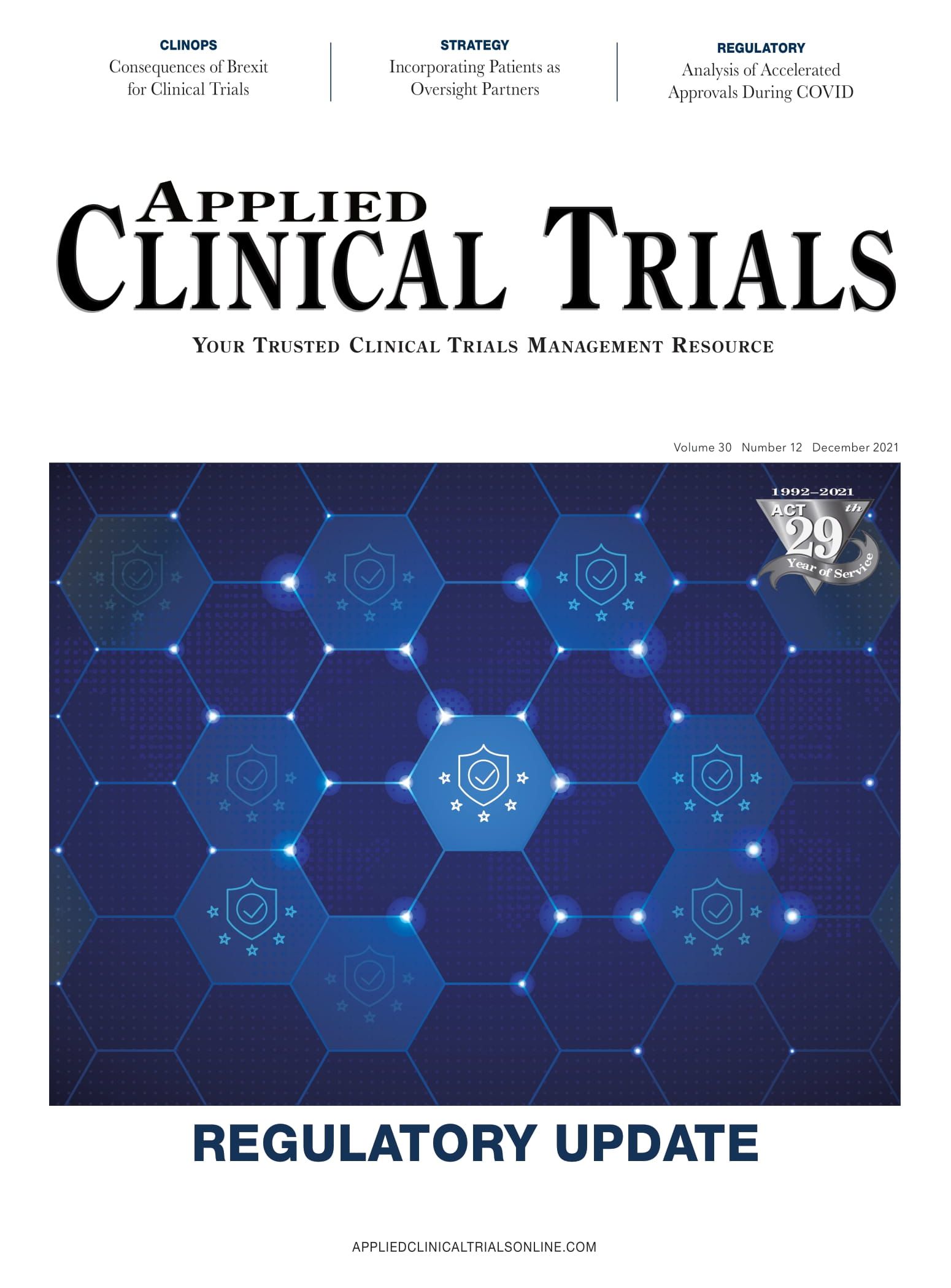EMA: A Change in Character as Well as Powers?
Increased public engagement leads recent change in EMA profile.

The legislation-based boost to the powers of the European Medicines Agency has been well-documented and closely watched. But there are straws in the wind suggesting a further change is creeping over the agency, more a matter of character than of law–and this could spell far-reaching shifts in the role of EU regulators.
First, the formal changes–endorsed in principle by EU legislators at the end of October, and now awaiting full ratification by the European Parliament and the European Council, perhaps as early as December. These changes arise directly from the COVID pandemic, and aim to equip EMA better to manage future health crises, giving it closer control of the management of supplies of medicines and medical devices. The agency will also acquire new authority to release early data of clinical trials conducted in the EU, and fuller data on authorized medicines.
Over recent months, however, EMA has unilaterally adopted an increasingly high profile of its own. Part of this is the result of the inevitable public attention given to its decisions on the assessment of COVID vaccines and treatments, which has elevated not only its operations but also some of its staff to an unprecedented visibility. But part of its new profile is also the consequence of some deliberate seeking of attention, in an equally unprecedented campaign of direct communication to the broadest public. For the best part of a year, the agency has been holding regular briefings about COVID treatments–designed for the media, but also open to the public, and available on YouTube.
As a logical complement to its public briefings, it has become increasingly communicative on other social media. Its interaction with the public has developed from simple reports about the number of COVID vaccines authorized to more timely alerts as to when decisions are scheduled. And as the pace of product development has risen, so too the announcements have become more frequent, with recent days including tweets of the start of its reviews of COVID-related products such as Pfizer's or GSK's sotrovimab.
A further COVID-linked development, inspired by the urgent search for medical responses, is also driving this process: a new degree of regulatory flexibility. Introduced in the wake of the outbreak, this has given rise most obviously to rolling reviews as a way of speeding assessments. But it is accompanied by a new EMA readiness to publicly countenance–if not actually to endorse–member states taking their own decisions on emergency use of innovations that have not yet obtained EU authorization. The announcement of the start of the review of Paxlovid added that the review is "to support EU countries who may decide on its early use for COVID-19 before authorization." Similarly, EMA has tweeted its "advice to support EU countries who may decide on early use of the oral antiviral molnupiravir," outlining that the medicine can be used to treat adults with COVID who don’t require supplemental oxygen and who are at increased risk of severe disease.
The public engagement goes further. Abandoning its traditionally remote and neutral stance as a discreet center of regulatory excellence serving an esoteric scientific purpose, it is moving into overt position-taking and public advocacy. "There are excessive cases of COVID, particularly in unvaccinated people," it tweeted the other day, remarking that "many EU countries have large unvaccinated populations" who "are the most likely to go to hospitals and suffer from severe disease." It went one step further, adding: "We should close the gap between vaccinated and unvaccinated." In similar vein, it is now tweeting recommendations of shifts in personal behavior: "We encourage everybody who is offered a flu vaccine to get the shot and protect themselves and their family, friends, and colleagues." And in connection with the current campaign against antimicrobial resistance, it is itself now campaigning with tweets urging "Let’s educate our children about the risks of antimicrobial resistance and include this topic in family conversations!" and warning that "We cannot get to the point where antibiotics no longer work to treat or prevent infections."
But the latest development crosses a new frontier from the descriptive to the normative. "Pharma companies need to focus more on R&D for innovative medicines against infections," it tweeted in mid-November. "Pharmaceutical companies need to boost research and development." Irrespective of the truth or relevance of this message, the nature of this public communication marks a radically different approach by the agency to the way it presents itself to the world–interventive, persuasive, even combative… and even undaunted in entering into one of the hottest current debates in European medicines policy, about the extent to which the private sector should enjoy autonomy over its operations.
The full implications of this personality mutation have yet to be teased out. But it carries intriguing resonances at a time when the entire EU policy framework for medicines is under review. The amendment to current law governing EMA is just one of a handful of legislative proposals that the European Commission has branded as part of the "European Health Union"–an ambitious but still embryonic concept springing from Commission officials to give the EU more of a say in how member states make their own decisions on medicines.
The EHU brand has yet to achieve enthusiastic endorsement from member states, who are suspicious of a stealthy power grab. But at the same time, member states have not–yet–directly opposed the brand, perhaps sensing that a COVID-weary public might at present be happy to see greater collaboration on health at EU level, and resentful of conspicuous resistance to it from member states. Against this background, EMA's flexing of unsuspected muscles in the public domain takes on another possible interpretation, and raises the inevitable questions as to whether the higher profile is simply the unremarkable consequence of its status at the center of an unprecedented public health emergency, or a conscious bid to boost its own influence over the longer term and on a wider scope.
